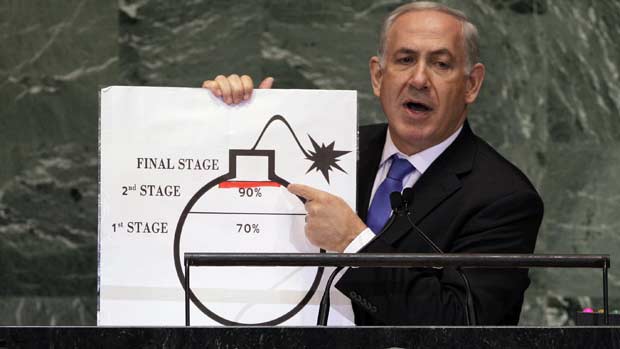Although domestic media reporting was subdued, Canada was a major player in the 2014 edition of Exercise Rim of the Pacific (RIMPAC), the world’s largest maritime military exercise. All three branches of the Canadian Forces participated. Obviously, the bulk of the Canadian contribution to RIMPAC came from the Royal Canadian Navy, which sent a Halifax-class frigate, a Victoria-class submarine, and two Kingston-class patrol vessels. For its part, the Royal Canadian Air Force offered up eight CF-18 Hornets. But it is interesting to note that the Canadian Army also contributed to the exercise, sending a company-sized force based predominantly on a Rifle Company from Third Battalion, Princess Patricia’s Canadian Light Infantry (PPCLI). The deployment of PPCLI to partake in simulated beach assaults and other marine operations should give those concerned with Canada’s defence policy pause for thought.

The Canada First Defence Strategy (CFDS), which was issued in 2006 and which continues to provide a framework for Canadian defence procurement and planning, calls for the creation of a Canadian Marine Commando Regiment (MCR). This MCR would be headquartered at Canadian Forces Base Comox and would consist of approximately 250 highly-trained members. It would specialize in amphibious operations of the sort simulated at RIMPAC, assaulting beaches and engaging in sensitive boarding actions, and would maintain a level of excellence on par with the Canadian Special Operations Regiment (CSOR).
Such a unit would add tremendous value to the Canadian Forces as the United States pursues a ‘strategic pivot’ to Asia, since Canada’s current capacity to mount operations traditionally within the purview of marines is limited. In 1995, as part of an international fishing dispute with Spain in the Grand Banks, Canadian Coast Guard and Royal Canadian Navy personnel attempted to board the Spanish fishing trawler Estai. Although the vessel was eventually stopped and its crew arrested, the initial boarding action failed as the Estai took evasive manoeuvres. This and other incidents prompted some in the Canadian defence establishment to call for a dedicated unit of marines to be formed.

Yet, no efforts have been taken to date to establish an MCR. In fact, the Canadian Forces has adopted a largely disjointed approach to marine operations. In November 2006, elements of the Royal 22 Regiment participated in the Integrated Tactical Effects Experiment (ITEE), a three week training exercise held by the United States Marine Corps, which entailed marine operations. However, since 2008, various elements of the PPCLI have instead been sent to RIMPAC, the extent of Canada’s current participation in marine exercises. As such, it is unclear precisely which unit is being prepared to handle beach assaults, harbour protection, and other such roles in future overseas operations. It is unrealistic to expect the Canadian Army’s infantry units to adopt the role of marine infantry, at least not without a more comprehensive training regimen on this field of operations.
As the Canadian Army finds its footing post-Afghanistan, it will be necessary to avoid complicating the role of the infantry. Rather, it would be wise to collaborate with NATO institutions and other Alliance members to acquire knowledge and expertise on marine operations, providing a framework in which an MCR can be formed in haste. The NATO Centre of Excellence for Operations in Confined and Shallow Waters (COE CSW) in Kiel, Germany could be very useful for training core MCR personnel, especially given the institution’s focus on harbour protection. A formal partnership with such an institution would also ensure that the knowledge transfer for the MCR is consistent and sustainable, in contrast to the intermittency of RIMPAC participation.
Without a firm commitment to acquiring these capabilities, Canada might risk an embarrassing repeat of the Estai incident or an outsourcing of our harbour protection, boarding actions, and other crucial marine operations to the forces of other NATO member states. Such a scenario would certainly lead to American military planners assessing Canada as a less than reliable partner in the Pacific.




